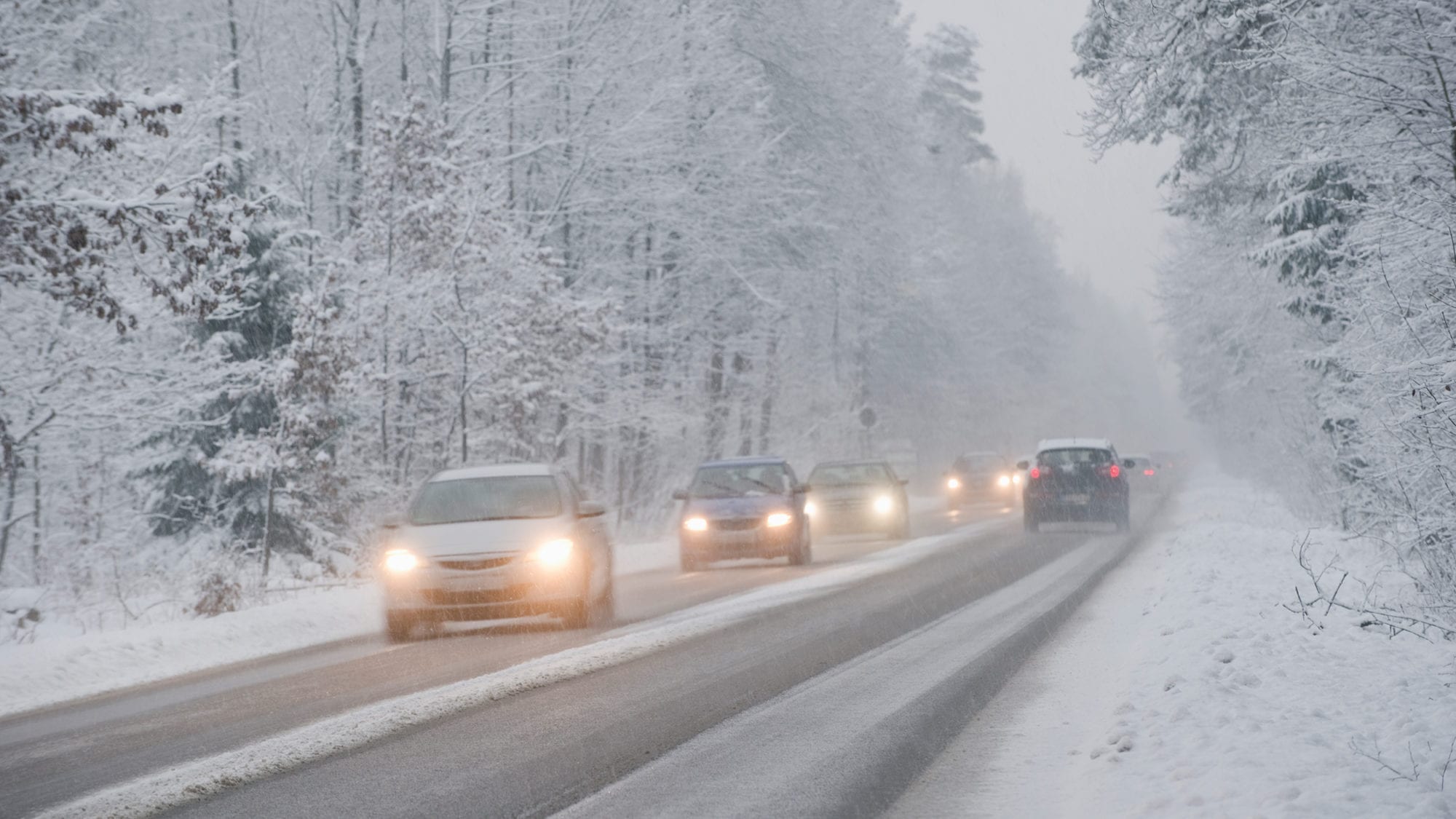It happened in a split second. Sarah Jackson went to make a right turn on an icy Edmonton street, only to have her wheels lock and her car skid into oncoming traffic. Though she wasn’t physically injured, the collision left her with a lot of anxiety about winter driving.
Seeing her road confidence deteriorate, Jackson’s parents encouraged her to take AMA’s winter driving lesson to regain some control over snowy roads. “I would turn down invitations in the winter and stay home, just to avoid driving,” says the 40-year-old Edmontonian. “And if I was out, I’d be incredibly stressed and worried about my commute home. I would mentally map out the quietest route, even if it was longer. I missed out on a lot,” she admits. Tired of saying no to things, she finally enrolled in AMA’s winter driving course.
Even before they hit the road, Jackson’s driving instructor, Stephen Begg, gave her a call to discuss her fears and what she hoped to get out of the two-hour, in-car session. After a good snowfall and plummeting temperatures, the pair drove around Edmonton in the mixed road conditions.
“We navigated some tricky spots and Steve highlighted the things that I was already doing right. He also gave me some great tips—not just practical advice for behind the wheel, but things to make me less tense,” Jackson says. “Steve didn’t just teach me; he gave me confidence.”
AMA’s winter driving course is perfect for anyone who needs a brush-up on skills and a little reassurance. “But it’s also ideal for newcomers to the province who haven’t faced an Alberta winter,” says Wayne McLachlan, AMA’s chief instructor for fleet and novice operations in driver education for southern Alberta.
MORE TO READ
Learn how to be a better driver from the comfort of your own home
While every driver is different, common takeaways include an understanding of how speed relates to a safe following and stopping distance; the importance of using good visual skills to identify and adjust for hazards; and how and when to use various braking techniques.
Jackson’s biggest realization was that it’s okay to do what makes you feel comfortable on a winter road—whether that means driving slower than the speed limit or keeping a greater distance from others. “I still don’t love winter driving,” she says. “But I can do it—and will do it now.”
AVOID SLIP-UPS
Winter driving tips from AMA’s Wayne McLachlan:
Adjust speed: The posted speed limit is the maximum speed for regular road conditions. Slow down in ice, snow or reduced visibility.
Increase distance: Under normal conditions, use a three-second following distance and one car-length stopping distance. In bad weather, double both.
MORE TO READ
How winter weather can affect the high-tech features in your vehicle
Winterize your ride: Check battery, coolant strength, oil levels, brake conditions and all lights. Use winter tires for increased traction (and a discount on your AMA Insurance auto policy).
Clean it off: Clear all snow and frost from the vehicle, glass and lights to ensure visibility. You’re also legally required to keep your licence plate clean and visible.
Emergency kit: Pick up a kit at an AMA centre. Keep it fully stocked and in your vehicle at all times.
GO BACK TO SCHOOL
Upgrade your skills and gain confidence with a winter-driving lesson. Click here to learn more and to register.
